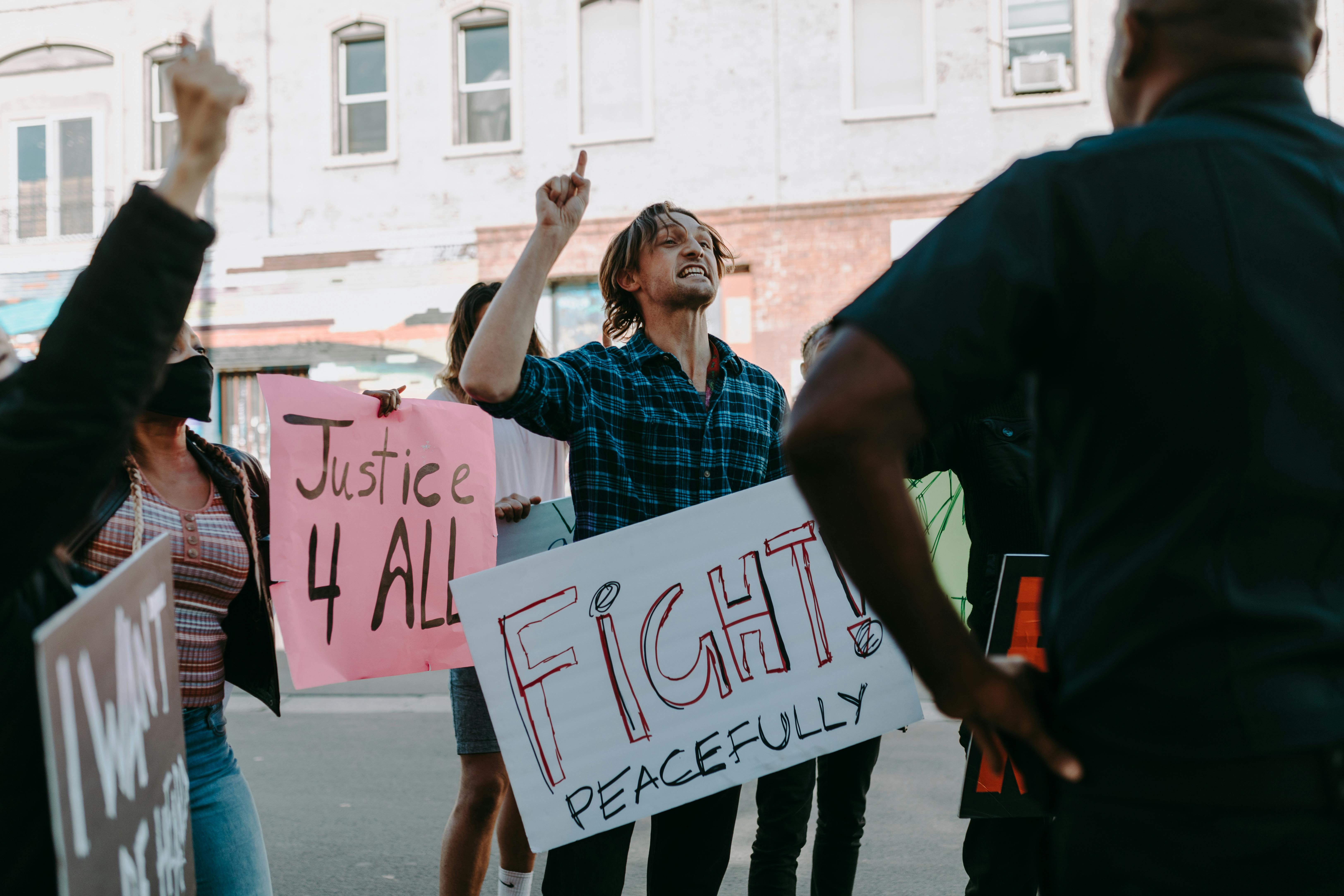America has always been referred to as a melting pot, but ideally, it’s a place where we strive to invite everyone to celebrate exactly who they are. As the US population becomes increasingly diverse and technology makes the world feel smaller, it’s time to make every classroom a multicultural classroom.
What is Multicultural Education?
Multicultural education is about more than celebrating Cinco de Mayo with tacos and piñatas or reading the latest biography of Martin Luther King Jr. It is an educational movement built on basic American values like freedom, justice, opportunity, and equality. It is a set of strategies intended to address the various challenges experienced by America’s rapidly changing demographics. And it is an initial step in changing the balance of power and privilege within the educational system.
The goals of multicultural education include:
– Create a safe, accepting and successful learning environment for all.
– Raise awareness of global issues.
– Strengthening of cultural awareness.
– Strengthening intercultural awareness
– Teach students that there are multiple historical perspectives.
– Encourage critical thinking – Prevent prejudice and discrimination
Advantages of Multicultural Education
According to the National Association for Multicultural Education (NAME), multicultural education:
– Helps students develop a positive image of themselves.
– Offers students an equal educational opportunity.
– Allows for multiple perspectives and ways of thinking.
– Combat stereotypes and harmful behaviors.
– Teaches students to criticize society for the sake of social justice.
Obstacles to the implementation of multicultural education
Contrary to popular belief, multicultural education is more than cultural awareness, but rather an effort to reach out to all underrepresented groups (people of color, women, people with disabilities, etc.) and to ensure that the curriculum and content that includes such groups is accurate and complete. .
Unfortunately, multicultural education isn’t as easy as an annual heritage celebration or side unit here and there. Rather, it requires schools to reform the traditional curriculum.
Too often, students are misinformed and misguided. Not all textbooks present historical content completely and accurately. For example, Christopher Columbus is celebrated as the American hero who discovered America. This version of the story completely ignores the pre-European history of the Native Americans and the devastation that colonization had on them. Some history books are being revised, but it’s often much easier to teach than “In 1492 Columbus sailed across the blue ocean.”
Most curricula also focus more on North America and Europe than any other region. Most students have learned about genocide through Holocaust stories, but do you know that hundreds of thousands of people are being killed in places like Darfur and Rwanda? Despite our proximity to Latin America, American schools often spend little time reading Latin American literature or learning about culture and history.
Therefore, multicultural education is most successful when it is implemented as a whole-school approach with reconstruction not only of the curriculum, but also of organizational and institutional politics.
Unfortunately, most educational institutions are not prepared to implement multicultural education in their classrooms. Multicultural education requires a staff that is not only diverse, but also culturally competent. Educators must be aware of, receptive to, and welcoming of diverse beliefs, perspectives, and experiences. They must also be willing and ready to tackle controversial topics. These issues include, but are not limited to, racism, sexism, religious intolerance, classism, ageism, etc.
What you can do in your classroom
Just because we’re facing an uphill battle doesn’t mean we shouldn’t take those first steps. To integrate multicultural education into your classroom and your school, you can:
– Integrate a diverse reading list that demonstrates the universal human experience in all cultures
– Promotes community participation and social activism.
– Go beyond the textbook
– By supplementing your curriculum with current events and news outside of the textbook, you can draw parallels between the distant experiences of the past and the world of today.
– Create multicultural projects that require students to choose a background other than their own – Suggest that your school host in-service professional development on multicultural education in the classroom
Favorite Lessons in Multicultural Education
Analyze issues of racism through pop culture.
Example: Study the effects of World War II on Japanese Americans through political cartoons, movies, photographs, etc.
Analyze socioeconomic class issues through planning and development.
Example: Design a development project with solutions to the needs of those who live in communities affected by poverty.
Analyze issues of sexism through the media.
Example: Make a scrapbook of stereotypical representations of men and women. Compare the positive and negative stereotypes and determine the struggles they face as a result of these stereotypes.
Recommended Resources
Books:
Becoming Multicultural Educators by Geneva Gay
Beyond Enid Lee’s Heroes and Holidays
Lies My Teachers Told Me: Everything Your American History Textbook Got Wrong By James Loewen



